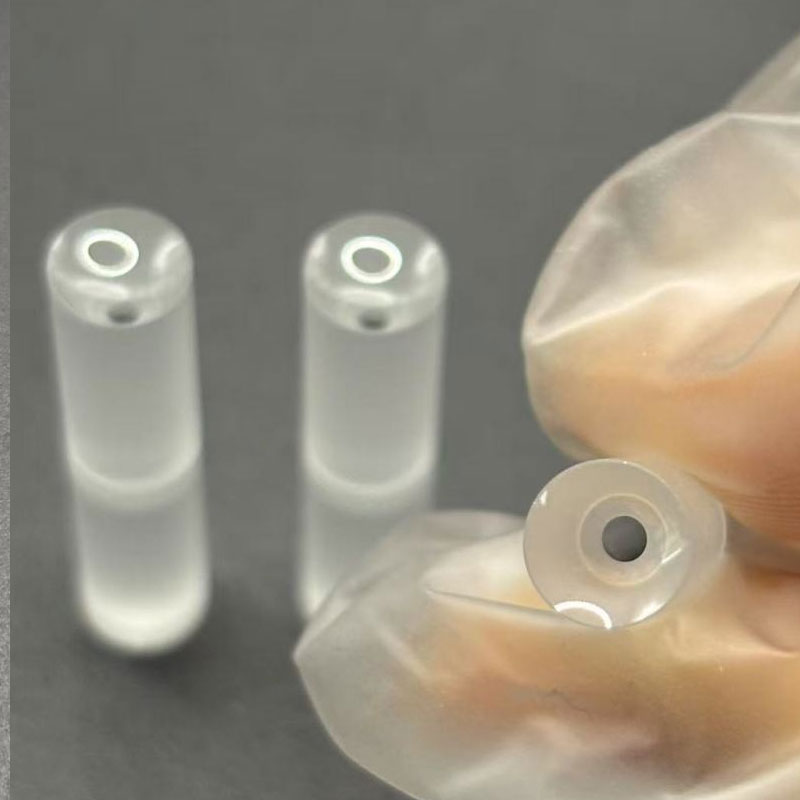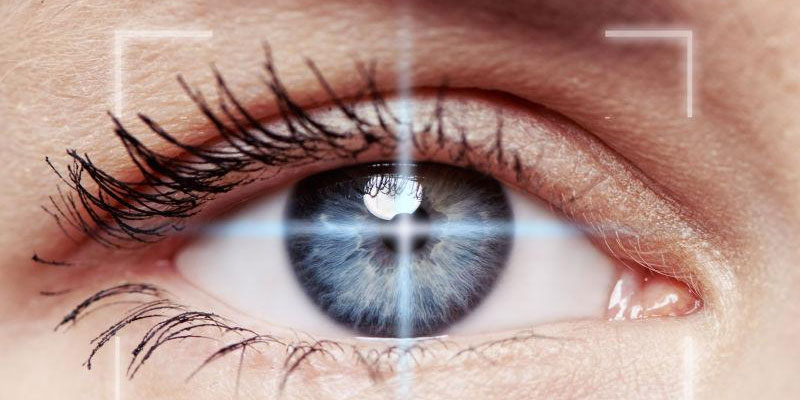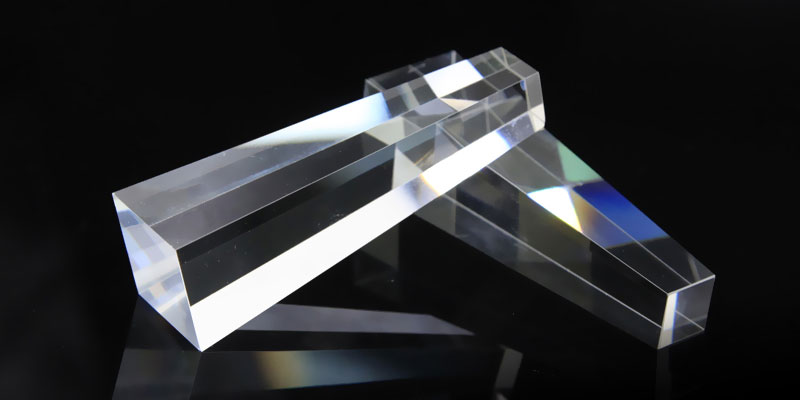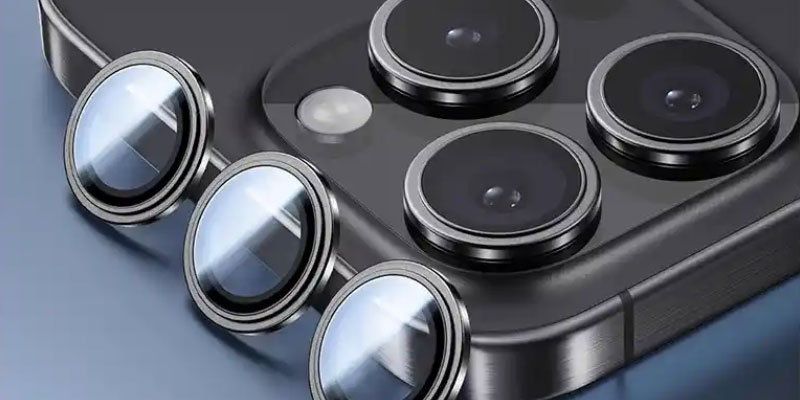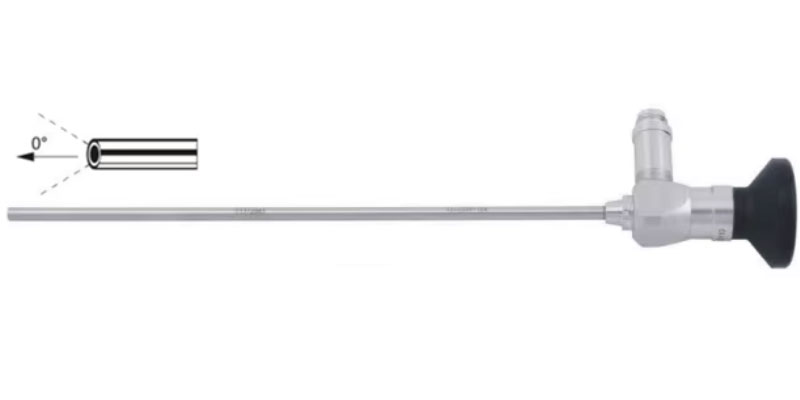
What is an orthoscopic lens? As the name suggests, a orthoscopic lens is one that does not produce shape distortion (distortion) in the images it captures. In the actual design process of optical lenses, achieving distortion-free lenses is extremely challenging.
Currently, various types of lenses, such as wide-angle lenses and telephoto lenses, often exhibit some degree of distortion in their construction. For example, in wide-angle lenses, common types of distortion include “pillow-shaped” distortion where the edges expand or “barrel-shaped” distortion where the center is magnified; in telephoto lenses, distortion manifests as “barrel-shaped” distortion where the edges curve inward or “pillow-shaped” distortion where the center contracts.
Although distortion-free lenses are difficult to achieve, modern digital cameras can correct or mitigate distortion through built-in software or post-processing, so the images seen by the photographer are effectively distortion-free.
What are the common applications of orthoscopic lenses?
orthoscopic lenses provide high-quality, true-to-life imaging effects and have widespread applications in many fields. Let’s take a look at some common application scenarios for distortion-free lenses:
- Portrait photography applications
orthoscopic lenses can prevent distortion of facial shapes, especially when shooting highly three-dimensional close-up portraits. Orthoscopic lenses can restore the true shape of the face, making the imaging more natural and precise. - Architectural Photography Applications
When photographing buildings, distortion-free lenses effectively prevent the distortion of building lines, ensuring that straight lines in the image appear slender and perfect. This is particularly advantageous when photographing skyscrapers, bridges, and other architectural structures.
- Sports Photography Applications
For sports photography, distortion-free lenses ensure that athletes and venues are depicted in accurate proportions and with perfect form, avoiding unrealistic visual effects caused by lens distortion. - Commercial Advertising Applications
When shooting product advertisements, using a orthoscopic lens ensures that the product’s shape is accurately displayed without distortion. For images requiring detailed depictions of product features, texture, and other aspects, shooting with a distortion-free lens offers significant advantages, enabling consumers to better understand the product’s characteristics. - Geographical Surveying and Remote Sensing Applications
In the fields of geographical surveying and remote sensing, image accuracy is of utmost importance. Orthoscopic lenses ensure that terrain and topography information captured in images remains free from distortion or distortion caused by lens distortion, thereby maintaining image accuracy.
optlenses
Related posts
Activity 11 Optics Of The Human Eye
What is The Surface Area of This Rectangular Prism Brainly?
How to Get Super Glue Off Eyeglass Lenses?
Why are Some Phone Companies Copying Iphone Camera Lenses?
